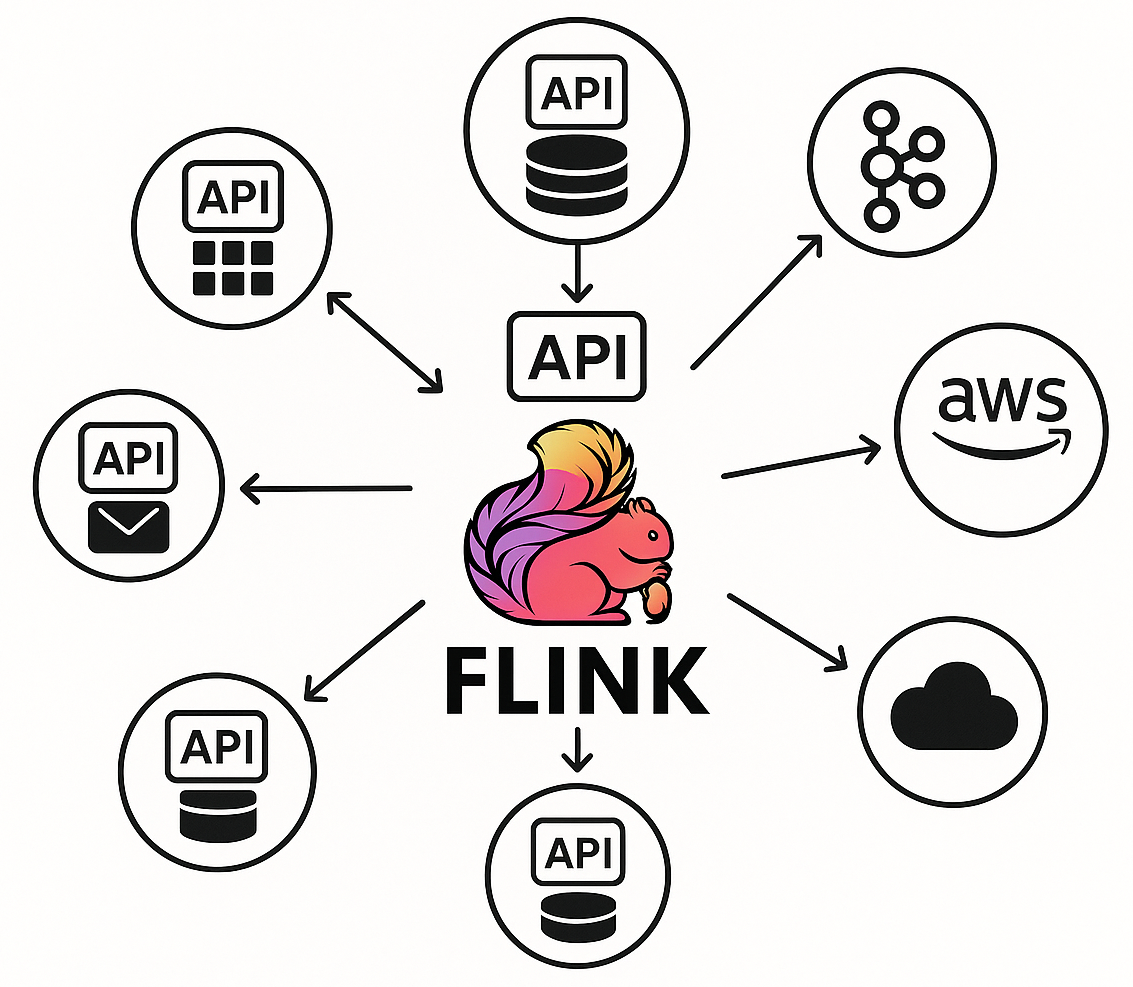Flink SQL Runner: Run Flink SQL Without JARs or Glue Code
Apache Flink has long been a powerhouse for streaming and batch data processing. And with the rise of Flink SQL, developers can now build sophisticated pipelines using a declarative language they already know. But getting Flink SQL applications into production still comes with friction: packaging JARs, managing connectors, injecting secrets, and wiring up deployment infrastructure.

Flink SQL Runner is here to change that. It's an open-source toolkit that simplifies development, deployment, and operation of Flink SQL applications—locally or in Kubernetes—without manual JAR assembly or scripting custom infrastructure pipelines.


